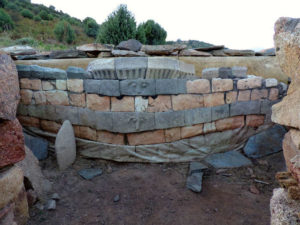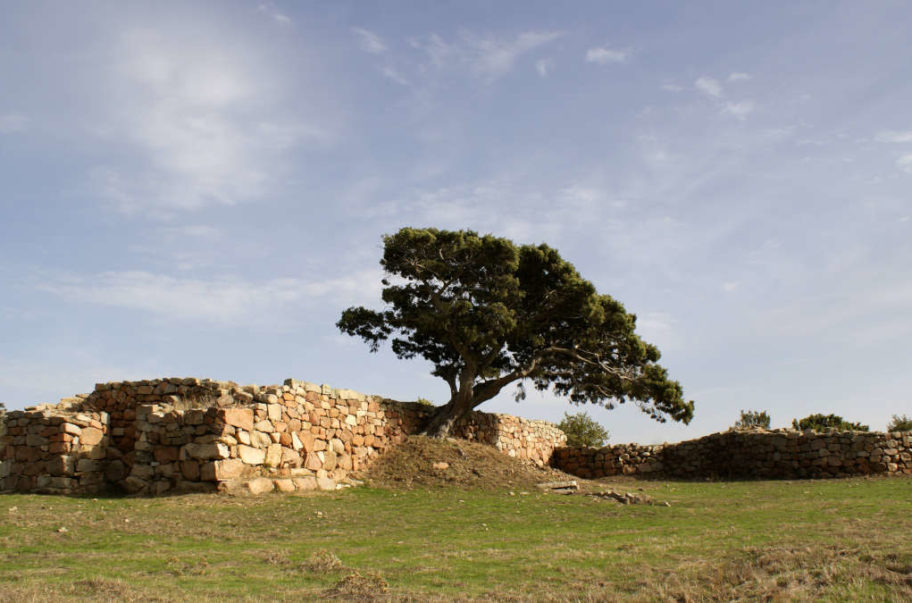Corpo Pagina
There are numerous testimonies relating to the prehistoric and protohistoric ages in the territory of Villagrande Strisaili, a village in upper Ogliastra, in the province of Nuoro.
Among the oldest attestations, dating back to the recent Neolithic, are the domus de janas of Cuile Bruxiau, S’Orciada, Su Strumpu, Corte de Maceddu, Genna Ardeletti, and Funtana ‘e Jana. In groups or singles, the burials are made up of small artificial caves with one or two burial chambers. The territorial conformation of the area prevented the creation of larger and more complex domus de janas.
Relevant is sa Pred’e s’Orcu menhir, which fits well into the panorama of many similar finds scattered throughout Villagrande area, isolated or in association with domus de janas. Also noteworthy are the menhirs of Funtana ‘e Jana, Su Strumpu, Genna Ardeletti and Bruncu ‘e Cuili Abruxiau/S’Orciada.
As regards the Nuragic age, the most important site is s’Arcu ‘e is Forros, a large complex which houses, in addition to a vast village, three megaron temples and, at short distance, a complex nuraghe and a giants’ tomb. The largest of the three temples, divided into four rooms and made of blocks of granite and schist, measures 17 meters in length and is surrounded by a temenos equipped with seats for the faithful. The discovery, in the surrounding huts, of rooms intended for metalworking and smelting furnaces has led to the interpretation of this site as the most important metallurgical center of the time on the island. Some of the objects found here are now exhibited in the Musei Nazionali di Cagliari.
Also of notable importance is the archaeological area of Sa Carcaredda, which includes a megaron temple, a village and five giants’ tombs characterized by notable monumentality. Inside the temple, an altar configured as a model of a nuraghe and several votive bronzes were found.
Featured image: nuragic complex “S’Arcu ‘e is forros – ph.credits – Maurizio Aresu by Wikimedia Commons

S’Arcu e is forros – ph.credits: Kikinu via Wikimedia Commons

